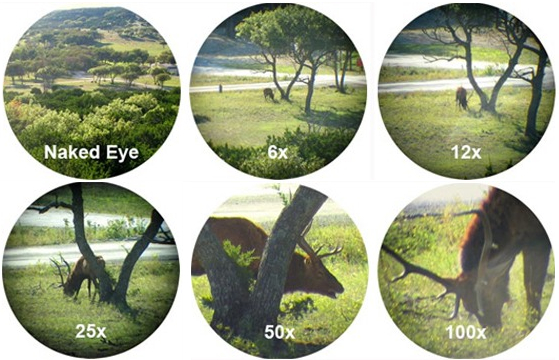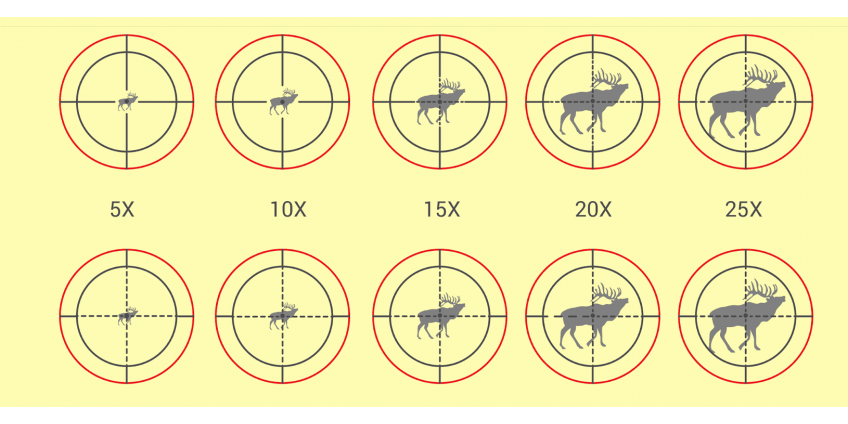

When you look at the scopes’ specification, you will most likely see the list of parameters at different magnifications so that you can compare them with one another and with a human’s normal field of view. Naturally, the more you magnify something, the narrower your field of view will get. However, there are some other numbers that can be a little confusing, we’ll explain now those now. These were the main numbers and those that you will first spot when looking at specifications of a single spotting scope. Here’s a few additional tips from Paul Kennel of Vortex Optics on spotting scopes, enjoy!ĭON’T MISS: Straight or Angled spotting scope? Find out more information here. If they don’t allow that much light, you would not be able to see a clear and bright picture at high magnification, like 60 x or 80 x. Spotting scopes have greater objective lens diameters because they need to let the light in. Spotting scopes, in general, have bigger lenses than binoculars. Especially if you like to do this activity at dusk or dawn.

Moreover, bird watching in conditions with low light will be much more enjoyable. More light means that you will get a brighter image and you will be able to see nice details more easily. And larger the objective lens, the more light will the scope let in. The larger the number, the larger the objective lens. Now you know what this number is, but what does it actually mean? Now, we had two examples that mentioned objective lens: 80 mm and 32. Naturally, it means that the picture you are looking at appears 5 times bigger than what they really are. This is just the magnification power of a scope written in short. Moreover, from the numbers given, we can conclude that this is a fixed scope – there is only one number on the left side, which represents the magnification. The number on the left side of the x represents the magnification power of 4 on this scope, and the number on the right side of the x means 32 millimeter objective lens.Įven though there is no “mm” written, the number on the right side always represents the objective lens in millimeters. Let’s take a look at another example: 4 x 32Įven though this one looks a little bit different from the previous set of numbers, it is just the same. However, don’t get confused or nervous if the numbers do not look exactly like this. This is something that you will most usually see. Remember, the numbers on the left side on an x always represent the magnification power of a spotting scope, and numbers on the right side of the x show the size of the objective lens in millimeters. Now, the number on the right – 80, represents the diameter of the objective lens shown in millimeters. Therefore, you can safely conclude that this is a spotting scope with a zoom.

Since there is a hyphen between these two numbers, it means that the magnification can range from 20 to 60. Same as before, if you are looking through your spotting scope at 60 times magnification, objects will appear 60 times larger than in real life. The second number – 60, represents the maximum magnification that you can get with the scope. That means that the objects observed through this scope will appear 20 times bigger than they actually are in nature. The first number – 20, represents the minimum magnification that you are getting with this scope. So, let’s take this one: 20 – 60 x 80 mmįirst, let’s take a look at this pair of numbers on the left side: 20 – 60. What Do the Numbers Mean on Spotting ScopesĮxplaining the numbers on a spotting scope is very simple once you look at an actual example.


 0 kommentar(er)
0 kommentar(er)
